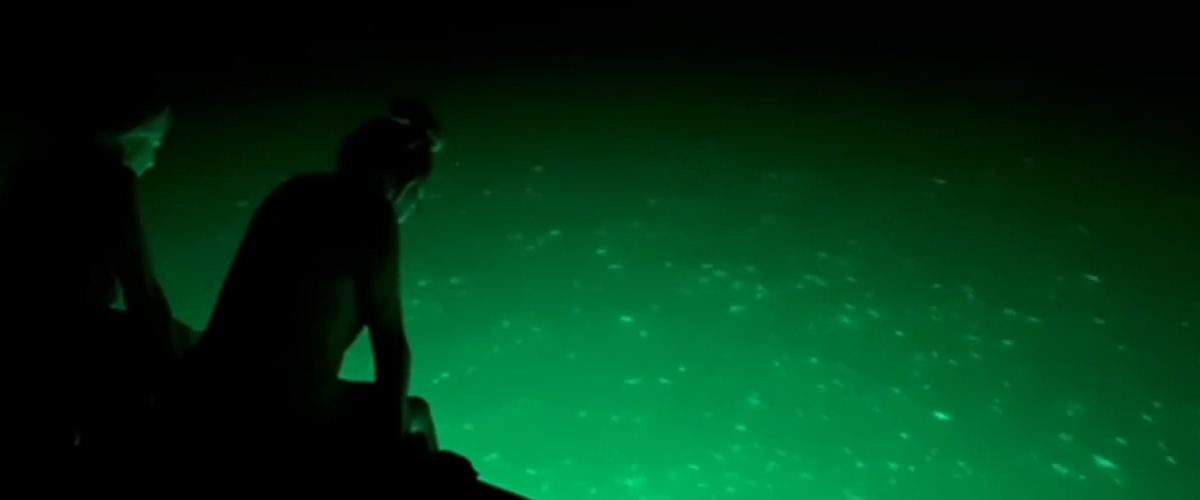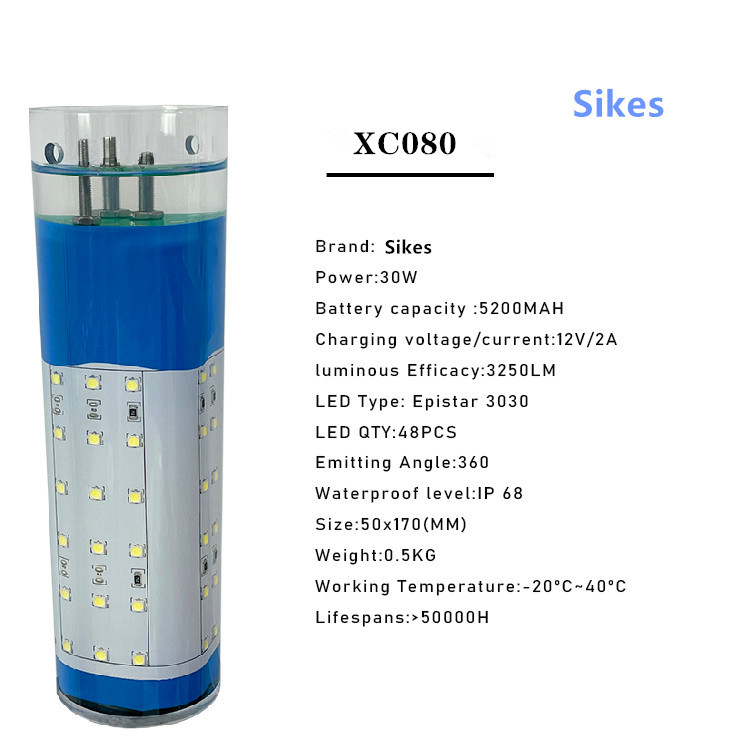Request A Free Quote
Ultimate Guide to Buying a Fishing Light

Introduction:
An underwater green fishing light can significantly enhance a fisherman’s success by luring fish to your vicinity. Whether you intend to use an underwater green dock light at your residence, a submersible fishing light, a green LED fishing light for your boat, or any other underwater green light for fishing, this guide aims to provide insights into the essential factors to consider before making a purchase. By examining these factors, you can ensure that your chosen underwater green fishing light not only attracts more fish but also stands the test of time.
- Understanding Fish Attraction: To optimize your fishing experience, it’s crucial to comprehend what fish are attracted to. In the world of fish, the food chain operates as larger game fish prey on smaller fish, which, in turn, feed on tiny insects or shrimp. Importantly, all participants in this food chain possess eyes sensitive to the colors blue and green. Fish are particularly attracted to the blue-green color spectrum, with blue ranging from 425-490 nm wavelength and green around 530 nm wavelength. Given the slower absorption of higher-wavelength colors in water, green emerges as the preferred underwater fishing light color. True-green LEDs, in particular, outperform sodium lights, which exhibit a warmer white tint.
Key Takeaways:
- Fish are most attracted to true-green light.
- LEDs, producing true-green light, are the preferred choice for underwater fishing.
- Withstanding Saltwater Conditions: Whether you fish in freshwater or saltwater, a well-designed underwater green fishing light is essential. Even freshwater contains electrolytes and impurities that can lead to premature light failure due to electrolysis. The risk of electrolysis can be mitigated by using non-conductive materials and avoiding dissimilar metals in the light’s construction. Furthermore, proper heat dissipation is crucial, even in submerged conditions. While LEDs may seem immune to overheating in water, a suitable heat dissipation design is essential to prevent issues. Notably, LEDs are more durable than sodium and mercury vapor lights. Sodium lights have a limited lifespan, are prone to breakage, and require expensive bulb replacements. Proper electrical protection, such as circuit breakers and GFCI outlets, is critical for all underwater lights.
Key Takeaways:
- Sodium lights have a shorter lifespan and high maintenance.
- Electrical protection is essential for all underwater lights.
- Proper design is critical for longevity and performance in underwater lights.
- Addressing Maintenance and Barnacles: Barnacles are a concern for underwater lights, as they can obstruct the light’s lens. Most LEDs do not generate sufficient heat to prevent barnacle growth. In contrast, sodium and mercury vapor lights emit more heat and tend to inhibit barnacle attachment. However, it’s essential to ensure that sodium bulbs are consistently operational to prevent barnacles from latching onto them. LEDs, when properly designed, can prevent barnacle growth and outperform sodium lights in terms of brightness and true-green color. Sodium bulbs require frequent replacement, whereas LEDs can last up to 50,000 hours.
Key Takeaways:
- Barnacles are a challenge for underwater lights.
- Properly designed LEDs can deter barnacles and offer longer lifespans.
- Versatile Mounting Options: The versatility of mounting options is a key consideration when choosing an underwater green fishing light. A high-quality light should be adaptable to various fishing environments, whether on a boat or a dock. Corrosion resistance, as previously discussed, is vital for durability. Additionally, the mounting mechanism plays a crucial role in determining mounting versatility. For boats in deeper waters, using an underwater fishing light boat adapter that clamps onto the boat and secures the light to an aluminum pole is a convenient solution. For dock fishing, it’s beneficial to have a light that can be easily submerged, preferably one that sinks to the bottom without flipping over. A light with a removable bracket can offer versatility for both scenarios.
Key Takeaways:
- Mounting versatility is essential for various fishing environments.
- The mounting mechanism influences adaptability.
- The Ideal Underwater Green Fishing Light: In summary, the ideal underwater green fishing light should meet several criteria. It should attract a wide range of fish species, conquer corrosive saltwater conditions, incorporate proper electrical protection, be user-friendly, require minimal maintenance, and offer versatile mounting options. These factors collectively contribute to a great fishing experience. Consider these aspects when selecting your next underwater green fishing light to ensure a successful and enduring investment.
Conclusion: Finding the right underwater green fishing light requires careful consideration of various factors. By choosing a well-designed light that caters to fish attraction, withstands harsh environments, addresses maintenance concerns, and offers versatile mounting options, you can significantly enhance your fishing experience. Invest in a high-quality underwater green fishing light to attract more fish and enjoy the benefits it offers.

If you aren’t completely convinced on an underwater green fishing light, you can check out our Above Waterproof Green Fishing Lights as well.
Sikes is your trusted source for Underwater Fishing Lights. Shop our trusted selection to learn more.







